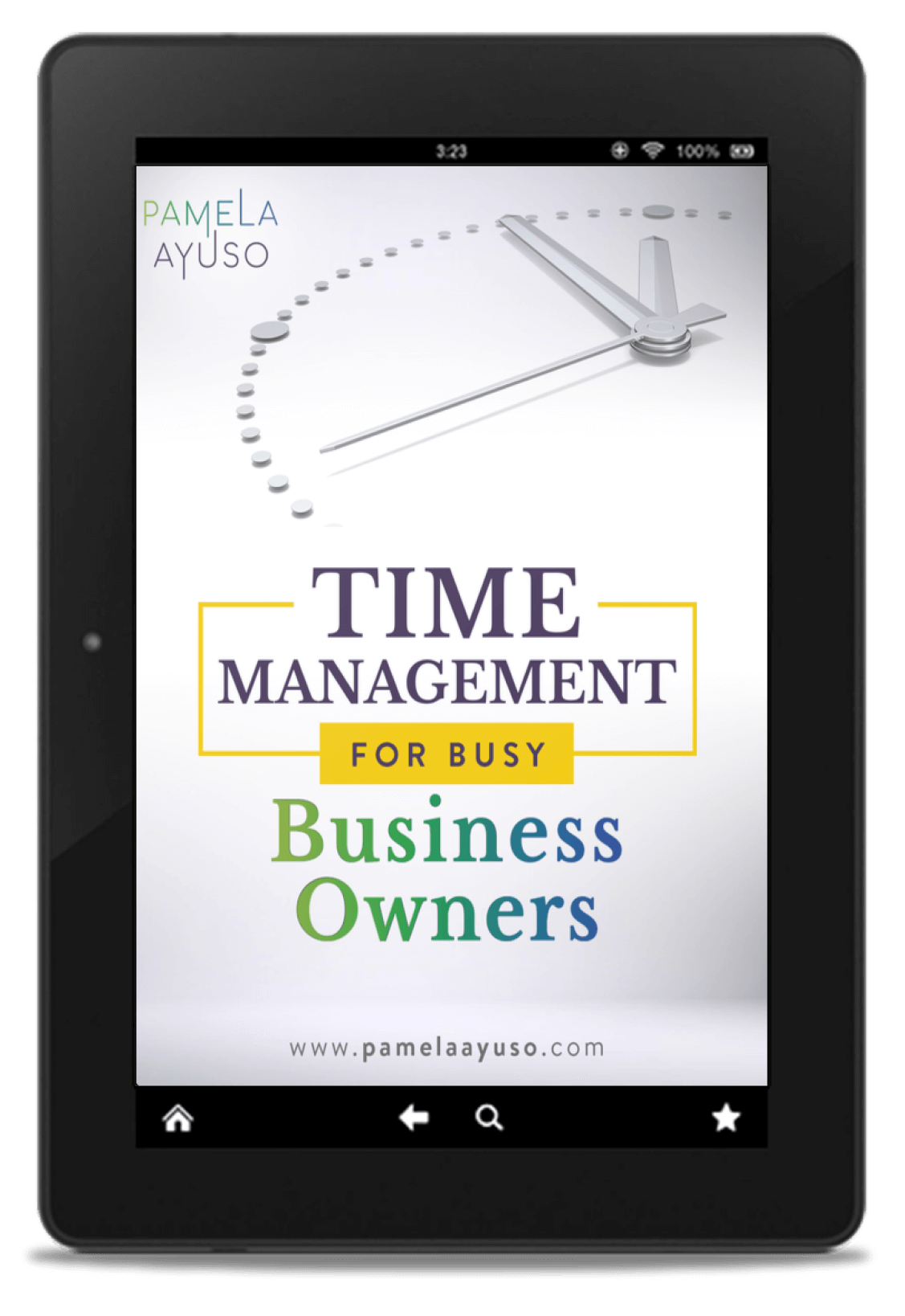Starting a new project from ground zero is probably one of the hardest things to do. Sometimes I have a wonderful idea, a whole new project I’m ready to start. I’m convinced it’ll change everything for the better and I’m ready to go. Then, I sit down in front of my computer to start working and everything suddenly goes blank, leaving me with no clue where to start.
When this happens, I try to go back and re-discover my original inspiration. Even though the excitement is almost always still there, I don’t know how to get started. I usually sit there for a few more minutes until I can’t take it anymore. Finally, I end up shutting down my computer and continuing with my day so it doesn’t feel wasted.
![[Photo: Yuichi Kageyama/Unsplash]](https://www.pamelaayuso.com/wp-content/uploads/2021/01/yuichi-kageyama-781188-unsplash.jpg)
[Photo: Yuichi Kageyama/Unsplash]
How to Start a New Project
Although it’s understandable given life’s demands, it doesn’t have to be that way. Big projects can be overwhelming and they do require persistence. The following tips have helped me and may assist you in completing your next project:
1. Do something, anything
First, dip your toes in the water. It doesn’t have to be much at first, but just enough to feel as though you accomplished something. Taking one small action works against the inertia of any new plan.
If you’re researching a new cloud system for the firm, it can be as simple as searching for “best cloud accounting systems,” and reading a couple of sites. This will be enough to start and will help break the ice. At the end of the day, it will feel as though the project has officially started.
2. Break it up into smaller pieces
Once over this initial hurdle, create a plan for the necessary steps. It doesn’t have to be complex; it can be a few goals which break up the project into baby steps. For instance, in the cloud system implementation example above, the project can start with research for the first two weeks. Then, you can continue by opening trial accounts and go on from there the following week.
Smaller steps will help you start to cover ground. Committing to doing a little bit at a time helps move through some of the needed work.
3. Schedule a specific time every day
Schedule time to sit down and work on the project. The length of time will depend on your availability, but even 10-15 minutes each day will help the project gain momentum.
Our minds are often the clearest in the morning which makes this the best time slot. Piling on the most challenging and creative items during this time is very helpful. Eliminate distractions and sit down to work on the project for your allotted period of time. I recommend not to stand until the time is up. Even if you just sit in place, after a few sessions, you will likely get bored and something will come out.
![[Photo: Sam Poullain/Unsplash]](https://www.pamelaayuso.com/wp-content/uploads/2021/01/sam-poullain-435864.jpg)
[Photo: Sam Poullain/Unsplash]
4. Keep track of progress
To improve something, it must be quantified. Measure what has been accomplished against your goal as the project moves forward. If you notice you haven’t been doing as much as you wanted, you’ll be motivated to take further action.
Monitoring progress will help you discover which pace is sustainable for this project. How much time you spend, which times work best, and what you’re able to produce in your allotted amount of time are all patterns which will emerge. If you’re working on a long-term project, this will be especially helpful. The same knowledge is also applicable to future projects.
5. Find a group to support and help you stay on track
Finding two to three colleagues working on similar projects is very useful. They can provide valuable information and help you avoid mistakes based on their experiences. Most importantly, this group will encourage you where you may have otherwise failed.
The project is in motion
Over time, the output will begin to accumulate. The work will demand more time and you’ll no longer have to make space to force the project forward. All great things have been created by an accumulation of actions. All you need is to start taking those actions.



